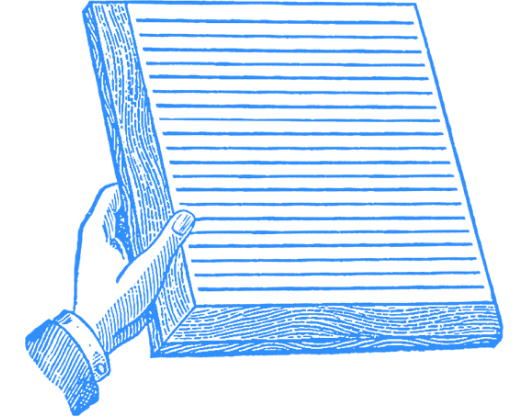
Yesterday, both the Obama administration and the Congressional Budget Office (CBO) released new, ten-year projections of the federal receipts, spending, deficits, and debt. The administration’s Mid-Session Review (available here) provides an updated forecast of what executive branch scorekeepers think will happen if the Obama budget plan is adopted in full. CBO’s forecast looks at federal revenue and spending over the coming decade assuming no changes from current law. Both documents, despite their different premises, point toward a fast-approaching fiscal crisis.
According to CBO, the federal budget deficit will approach $1.6 trillion in 2009 and $1.4 trillion in 2010. That’s $3 trillion in new borrowing in just two years. The country accumulated $5.8 trillion of government debt from 1789 to 2008.
According to the Administration’s own numbers, the Obama budget plan would push the debt burden to more than $17 trillion by the end of 2019. Total spending in the Obama budget would reach $5.3 trillion in 2019, or $2.4 trillion more than was spent in 2008 — almost doubling the size of government in a decade. And that doesn’t even include the health-care plan, which the administration assumes will be “budget neutral.” Piling up debt at this kind of rate is not sustainable, to put it mildly. Sooner or later, and probably sooner, something will give. More than likely, a time will come when the U.S. government will no longer be able to borrow money at preferential rates. Interest rates will go up, growth will slow, and unemployment will rise. At that point, there will be no choice but to embark on a painful period of austerity and pronounced fiscal contraction.
The Obama team made a strategic decision at the beginning of this year to focus first on passing a governmental takeover of health care and climate change legislation. Any effort to close the widening budget deficit was put off until 2010, at the earliest. The thinking was that the health care and climate change bills would be so controversial that they could only pass in the president’s first months in office, and they are what the Democratic left most wants to see enacted during the Obama era. Moreover, the health care plan, in the administration’s view, would lay the predicate for future deficit reduction because it would hand over to the federal government new levers to pull to keep costs down in the future. Or so they thought.
Things certainly look very different today than they did in January. The Obama administration has no credible plan to slow the pace of rising health care costs, and never really did. The health care plans emerging in Congress would add a new runaway entitlement program on top of the ones already on the books and substantially worsen both the near-term and long-term budget outlook. Beyond health care, the administration has not offered anything resembling a credible government reform or deficit-cutting plan. Recent suggestions by Treasury Secretary Timothy Geithner and National Economic Council Director Larry Summers that a large tax increase may be needed were quickly shot down by the White House.
So what’s the game plan? The federal government is rushing headlong toward a fiscal crisis that could seriously harm the U.S economy. The president has spent much of his political capital this year promising that health care reform would be tantamount to entitlement and budget reform because it would “bend the cost-curve.” Now that that contention has been thoroughly discredited, it appears the administration has no coherent plan B to get our fiscal house in order. Moreover, even if they did have such a plan, it’s not at all clear that the current Congress could or would pass the highly controversial tax increases and defense cuts that this very conventional Democratic president would almost certainly be pushing.
The first priority of a new president should be to make sure his administration has the capacity to govern. That means cultivating a reliable political coalition that can keep the trains from running off of the rails. President Obama has put at risk his ability to get the hard but necessary things done by pursuing an ultra-liberal agenda that will exacerbate the budgetary problems he should have been most concerned about during his first year. As a result, his entire agenda is now seriously at risk as fiscal reality pushes the federal government toward a massive course correction.

